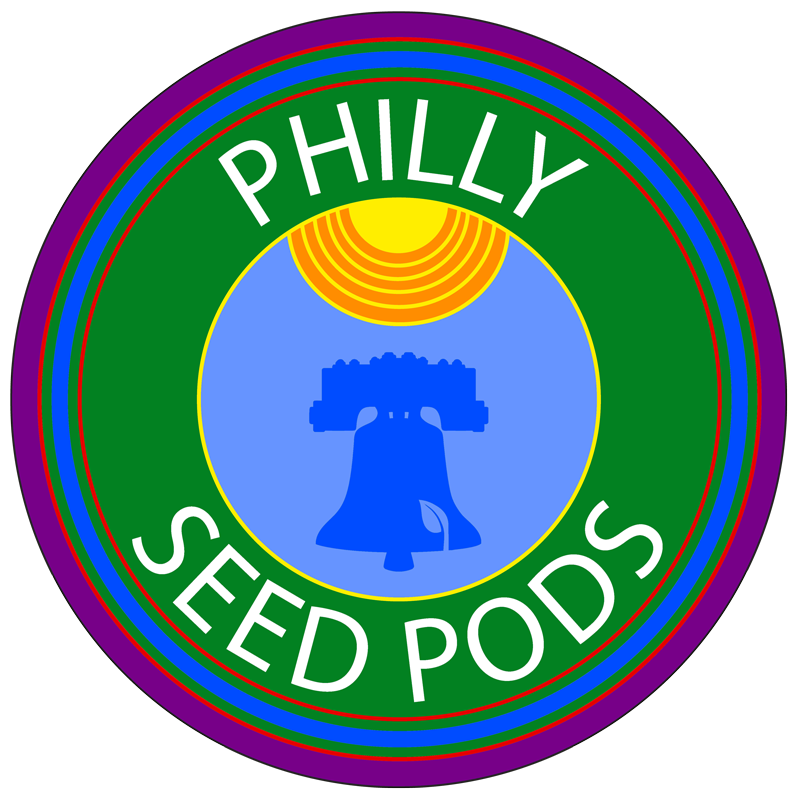Part 3: How Invasive Plants Harm Ecosystems
This video continues the conversation on the three invasive plants identified in the previous video, which are garlic mustard, invasive honeysuckle, and stilt grass. This video explains how these plants originally came to our ecosystem and the harm that they do to it.
We’re going to learn more about the three invasive plants we identified in the previous section: garlic mustard, invasive honeysuckle, and stilt grass. We know how to identify these and how to remove them, but, why would we even want to remove them? What is so bad about these three plants? This section will answer those questions!
So, garlic mustard. Why is it invasive, and not naturalized? There are three big problems with garlic mustard: 1) all of those white flowers create thousands of seeds, which blow around in the wind, and make thousand more garlic mustard plants! 2) garlic mustard doesn’t taste very good to animals, like deer and rabbits, so they avoid eating it, and eat native plants instead! 3) garlic mustard creates a toxin and it releases it into the soil, which hurts other native plants in the area. All of these three things allow garlic mustard to kill native plants, and take over the space they once had, which unbalances the ecosystem!
Well, what about invasive honeysuckle? Here are three reasons: 1) the flowers on invasive honeysuckle plants also produce many seeds, which are eaten by birds and spread throughout the forest. 2) invasive honeysuckle grows very quickly in forests, and will create a canopy of honeysuckle leaves, which shades out native plants so that they can’t grow in the forest! 3) invasive honeysuckle grows up trees, and can even hurt the trees it grows up by wrapping around too tightly and choking them! These are all big problems in our forests, and they are all ways in which invasive honeysuckle kills native plants and takes over their space.
And our last plant, stilt grass. What are some reasons stilt grass is harmful? Well, 1) every piece of stilt grass can make 100-1,00 seeds, which can sit in the soil for three years before they even start growing! 2) stilt grass has a rooting stem, and if this stem even touches the ground, it will grow a new stilt grass plant. 3) just like garlic mustard, animals don’t like to eat stilt grass, and will eat the native plants around it instead! All of these allow stilt grass to create a blanket over the forest floor, similar to the canopy that invasive honeysuckle creates, and take over all of that space from native plants.
Wow! So these plants really are invasive! Make sure to watch the video for images of the plants in action and further information.
Try going into your backyard, local parks, or woods again, and see if you can see any of these plants in action!
Can you find a place where stilt grass has created a blanket, or honeysuckle is choking a tree?
